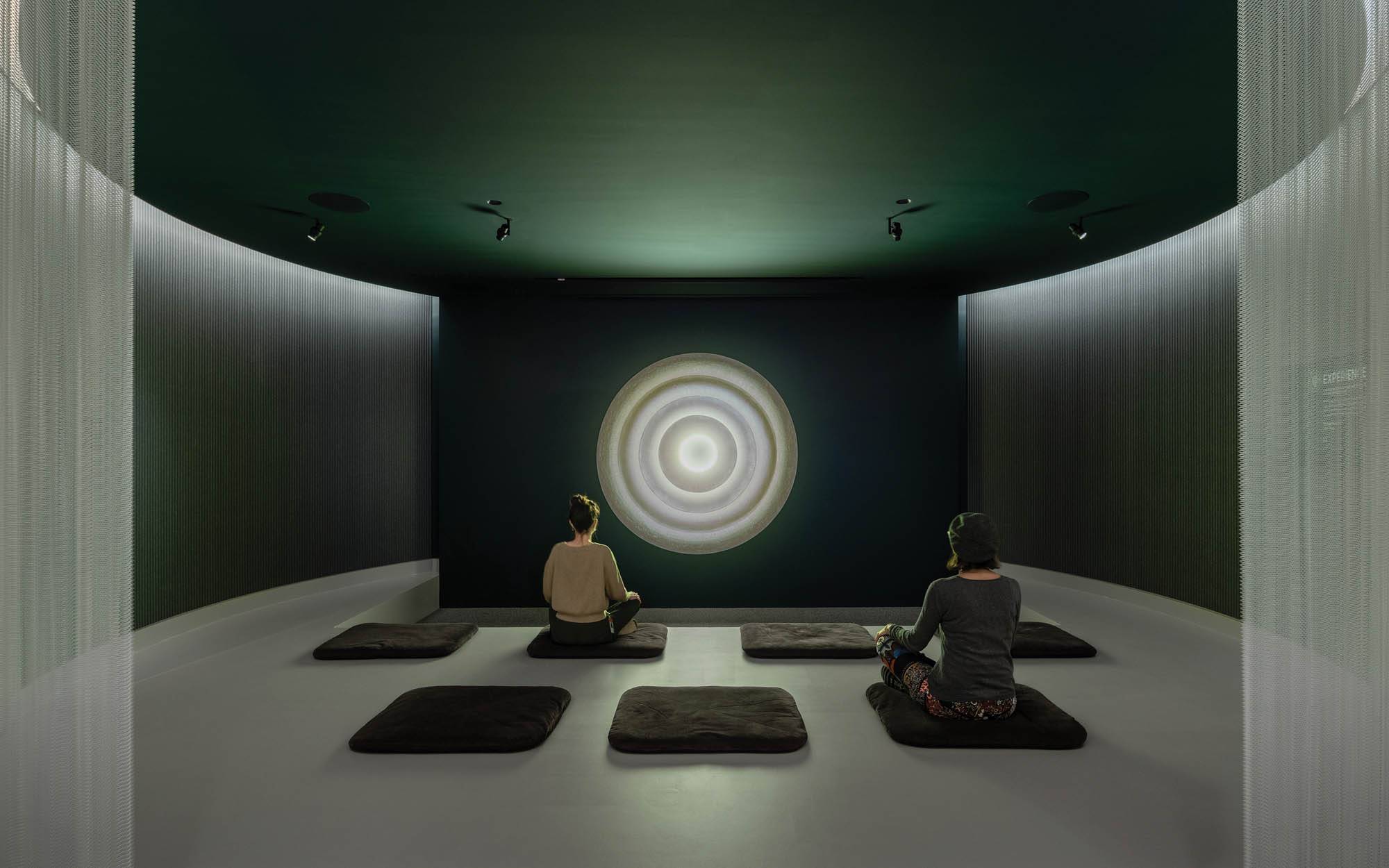
A Universal Connection
Mandala Lab: An interactive space where emotions can turn to wisdom
Designed by Brooklyn-based architecture and design firm Peterson Rich Office, the architectural and conceptual vision of the Mandala Lab took its inspiration from the Tibetan Buddhist Mandala, the Sarvavid Vairochana Mandala. Buddhist practitioners use mandalas as visualization tools to help achieve enlightenment.
Divided into four quadrants pointing to the cardinal directions with a central circular chamber – the nucleus of the Mandala represents the Rubin Museum’s spiral staircase. Each quadrant features an activity informed by the Mandala’s insightful teachings about a particular emotion, and its corresponding wisdom envisioned as a sensorial experience, “The Mandala Lab is an orientation exercise because it uses the circumference of space and the four cardinal directions as a compass for self-investigation and orientation of your energy management within the universe,” says Tim McHenry, Deputy Director at the Rubin Museum.
The architecture was the impetus for the entry and exploration of The Mandala Lab with the transformative ability to create a healing space of empathy and connection, as well as it allows for open views, interactive dialogues, and perspectives. As Tim mentions, “Both Nathan Rich and Miriam Peterson had a supreme understanding that light could not only be used to illuminate but can be seen as a larger metaphor for healing and understanding. We wanted our family visitors to engage with the art itself in a meaningful and visceral way- both school and family programs around the elliptical staircase on one floor in the gallery tower.”
“The majority of the Rubin Museum galleries are designed for the display of artworks and objects,” say design principals Nathan Rich and Miriam Peterson. “This new space is designed for collective experience. The floor is deliberately more open and connected than the other five levels of the Museum. Individual spaces are separated from one another by a translucent scrim, allowing for interactive experiences that are physically distinct but visually interconnected.”
“At its core, The Mandala lab invites you into a community sensorial experience where you get to explore different afflictive emotional states through sight, touch, smell, and hearing in each of the four cardinal directions, South, West, North, and East – through recalibrating your awareness that you are not only alone in this world, but there are others, and those others are you,” says Tim. You get to interpret and process your thoughts and emotions. “Reactions to these experiences underscore or amplify the subsequent visitor’s experience; that’s kind of a Rubin Museum thing; it’s what we do for a living. To engage the visitor, it’s like tilling a garden and making it more and more fecund with contributions of people who come through.”
True to the particulars, – tantra is about reaching a form of understanding and enlightenment within one lifetime through philosophical practice. “We took our cue from the premise that to have a deeply understood physical journey; it must be felt to be effectively witnessed, voices Tim.” The role of cognitive neuroscience plays an integral part in the four different psychological experiments. “We took the approach from Dr. Lila Davachi, Professor of Psychology at Davachi Memory Lab- Columbia University, that any interaction however small it may seem amplifies the ability for us to register memory more strongly than passive knowledge. Even by reaching and touching a screen makes a student or practitioner register the relationship 15% more than if they just sat there.”
“The Mandala Lab is an orientation exercise because it uses the circumference of space and the four cardinal directions as a compass for self-investigation and orientation of your energy management within the universe.”
— Tim McHenry
Patrons can engage with a scent and memory library with contributions from six artists and master perfumer Christophe Laudamiel; participate in a synchronized breathing activity with the aid of a newly commissioned pulsing light sculpture by New York-based artist Palden Weinreb; take part in a gong orchestra with eight gongs suspended over water curated by international musicians; and more. As you get more into the space journey, you examine feelings of pride, attachment, envy, anger, and ignorance—known as kleshas in Buddhism—that cloud our understanding of the world around us.
The Mandala Lab aims to offer tools for coping mechanisms for the day-to-day challenges, and emotional burdens brought about by personal and societal complexities—all heightened by the COVID-19 pandemic. “In Buddhism, the five kleshas are the key distresses that are the source of our suffering. Tantric Buddhist practitioners use mandalas as visualization aids to help transform these emotions,” says Tenzin Gelek, Senior Specialist, Himalayan Arts, and Culture. “With the Mandala Lab, we’re using Buddhist pearls of wisdom coupled with creative and interactive artworks and experiences to understand, unlock, and heal these difficult emotions within ourselves. This ‘mental gym’ invites us to face life with renewed wisdom and insights.
SOUTH QUADRANT
Journey Portal
FROM PRIDE TO EQUANIMITY
At the start of the journey, guests are invited to recognize a “prideful” state of mind and get to see what other visitors have acknowledged. This first activity is designed to impact people’s perceptions, first of themselves and humankind, a first step toward the wisdom of equanimity, which is an abandonment of judgment.
“In Buddhism, the five kleshas are the key distresses that are the source of our suffering. Tantric Buddhist practitioners use mandalas as visualization aids to help transform these emotions.”
— Tenzin Gelek
WEST QUADRANT
Scent Library
FROM ATTACHMENT TO DISCERNMENT
In this quadrant, you encounter a curved counter custom-made by PRO with six stations, each with a scent selected by an artist and created by master perfumer Christophe. You get to contribute an emotional response to each scent, then view a two-minute video created by the artist about their memory attached to this scent. By watching these videos and reading previous visitors’ memories associated with the same smell, visitors will perceive how diverse—and sometimes radically different—our reactions can be to the same stimulus. Feelings of association and attachment to the memory and scent may start to shift to a more empathetic awareness of others’ experiences, touching on the wisdom of discernment. Scent library participating artists include Laurie Anderson, Sanford Biggers, Tenzin Tsetan Choklay, Amit Dutta, Wang YaHui, and Apichatpong Weerasethakul. The west quadrant will serve as a flexible space for learning with family and K–12 school programs. In partnership with Emory University, the Rubin is developing a social, emotional, and ethical learning curriculum to help children and youth self-regulate and manage stress during a critical period in their lives, giving them the tools to navigate change and their emotions with confidence and clarity.
NORTH QUADRANT
Breathing Alcove
FROM ENVY TO WISDOM OF ACCOMPLISHMENT
Visitors will find a serene space for engaging in the most fundamental activity of human life— breathing. They will encounter a commissioned, site-specific sculpture by New York–based contemporary artist Palden Weinreb that pulses with light, emulating the regulating pace of mindfulness practices worldwide. Visitors will engage in a collective, synchronized breathing activity, fostering a sense of community and engagement rather than separateness. Instead of coveting or competing with the achievements of others, individuals are motivated to move toward an appreciation of others, known here as the wisdom of accomplishment. The north quadrant is round with retractable mesh walls, allowing visitors seated around the perimeter to be visually aware of one another during the breathing practice. Indirect lighting and acoustic dampening walls will enhance a sense of focus and calm.
EAST QUADRANT
Gong Orchestra
FROM ANGER TO MIRROR-LIKE WISDOM
Habitués will find eight gongs of different shapes, sizes, materials, and pitches—designed by eight international musicians and sourced from around the world —suspended over a long basin of water in the center of the gallery. When striking on a gong and lowering into water, you feel the vibrational energy of its sound warp until it dissipates. When we get angry, there’s a pent-up energy, an unrelentless oppression that overtakes us. This exploration metaphorically challenges us to keep the gong in the water until the surface is calm and the reflection of ourselves is visible. Not only is this a practice of patience and clarity, but a mirror-like wisdom that eases your mind into a hypnotic state of stillness which brings you back to center. Participating musicians include Billy Cobham, Sheila E., Peter Gabriel, Dame Evelyn Glennie, Sarah Hennies, Huang Ruo, Shivamani, and Bora Yoon.
EXITING THE MANDALA LAB
FROM IGNORANCE TO ALL-ACCOMMODATING WISDOM
Tim expounds, “Beyond an exposition of Himalayan art and its ideologies, the posture of the Mandala Lab is being more aware of your own sensibilities and emotional state of mind, “a reality check” – creating a little bit of distance between what you may feel about an event and the event itself.” Not only will you be able to reflect upon how you confront your emotions, but it lends itself to giving you an interpersonal self-discovery, “a snapshot” of your reactionary responses with the instrumental tools to navigate you through times of stress and discomfort.
Serving as one of the city’s first cultural healing spaces in the aftermath of 2020, education and experiential learning is broadly shared and witnessed as a foundation to their curriculum, helping children and their families during unruly and turbulent times.
Whatever you walk away with, it will leave a lasting memory of wholeness and oneness.

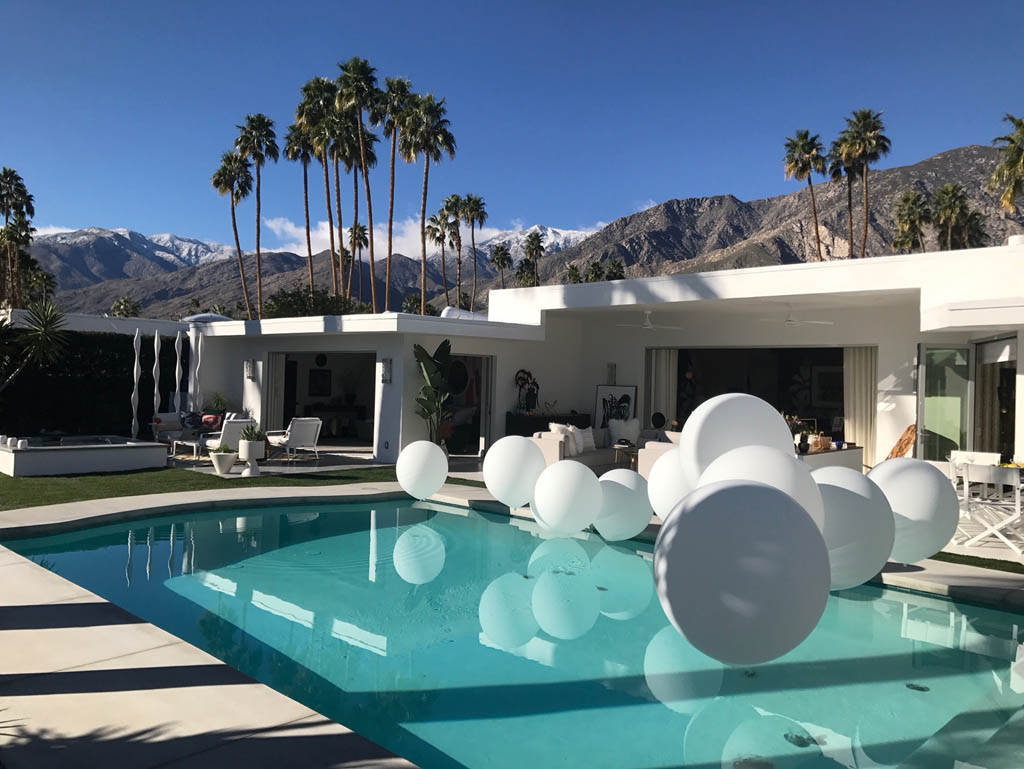
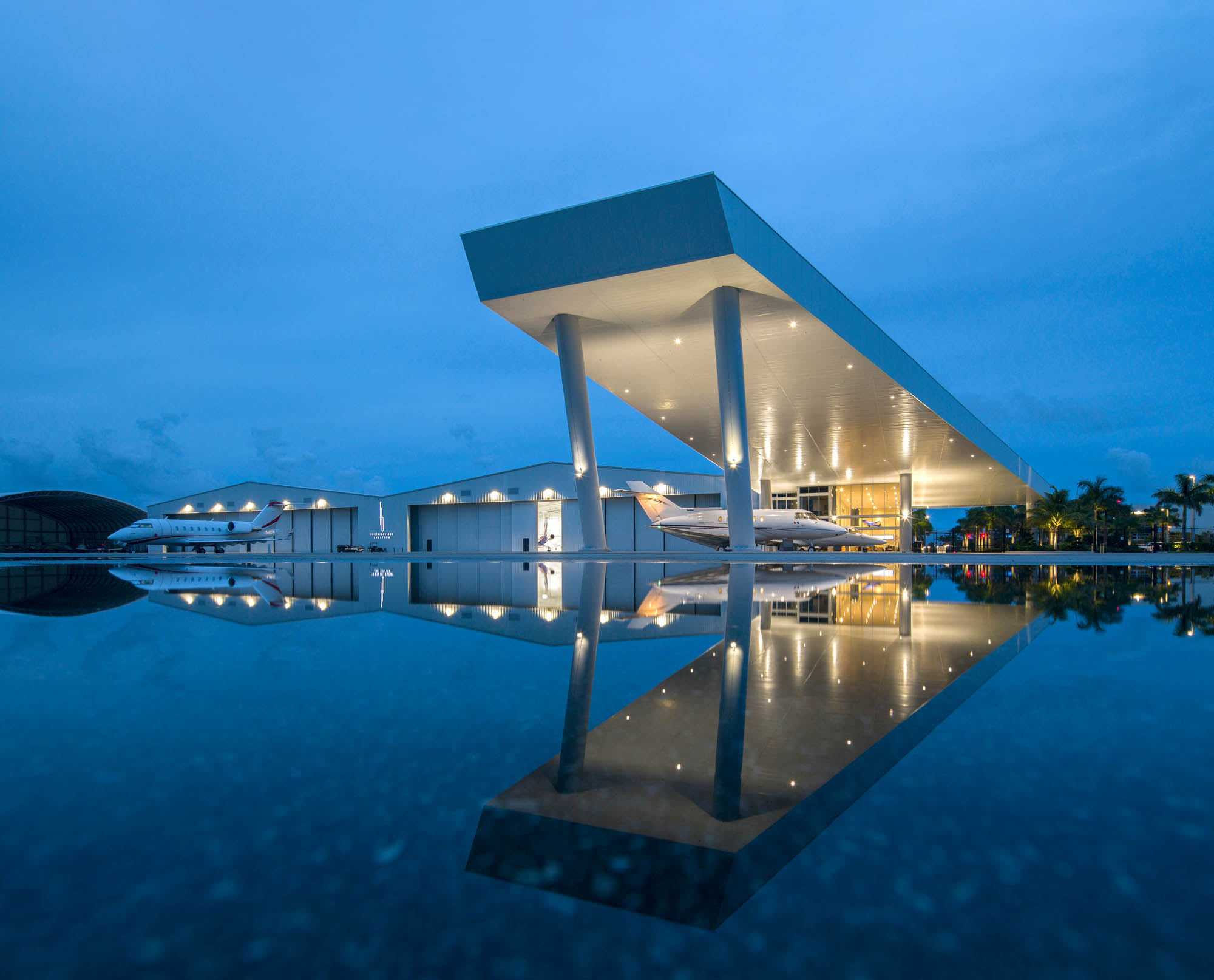
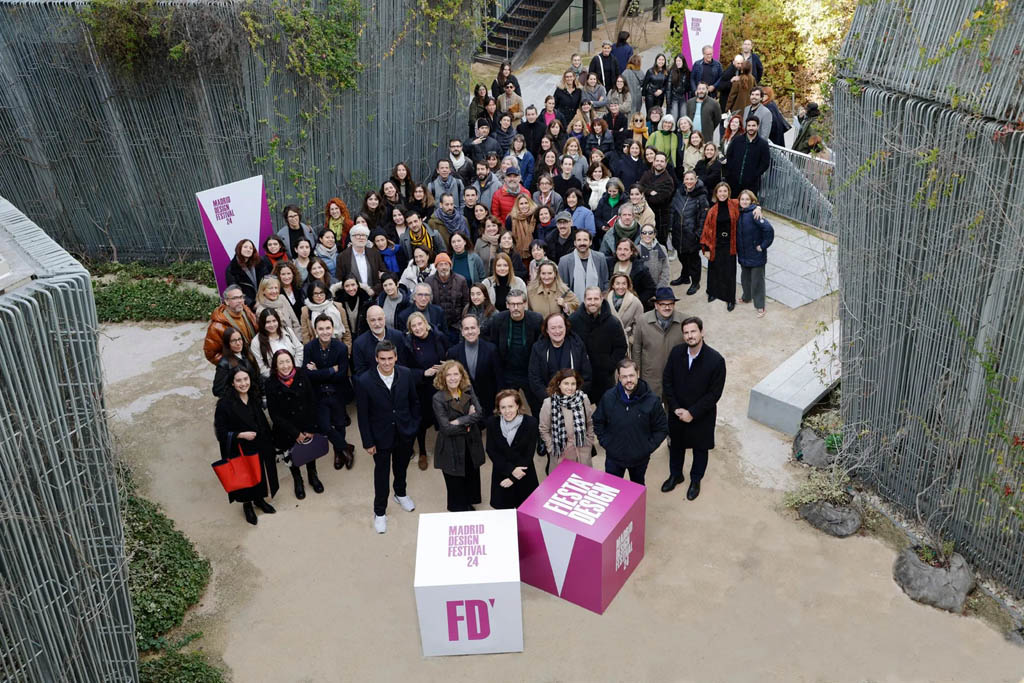
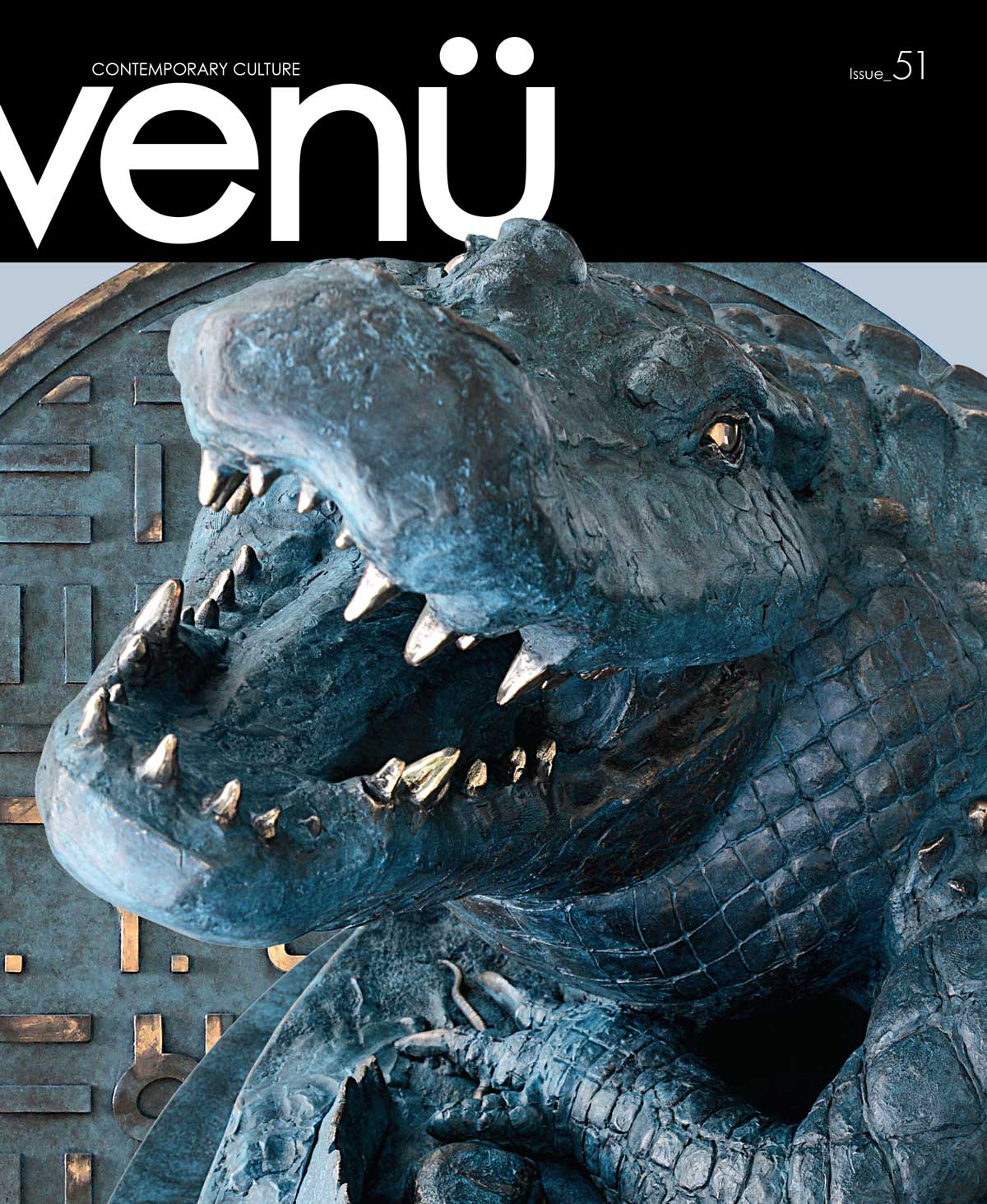
Leave a Reply